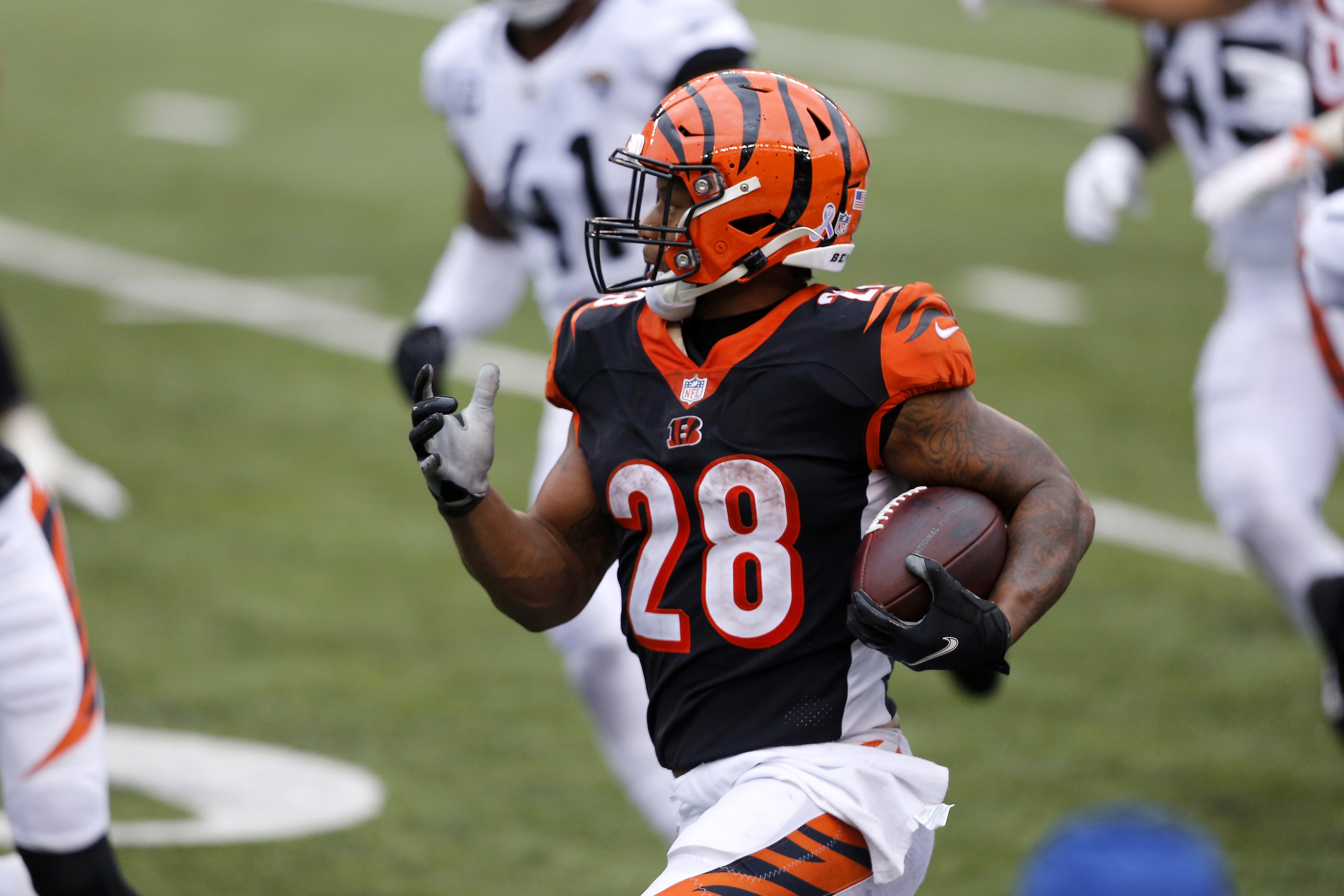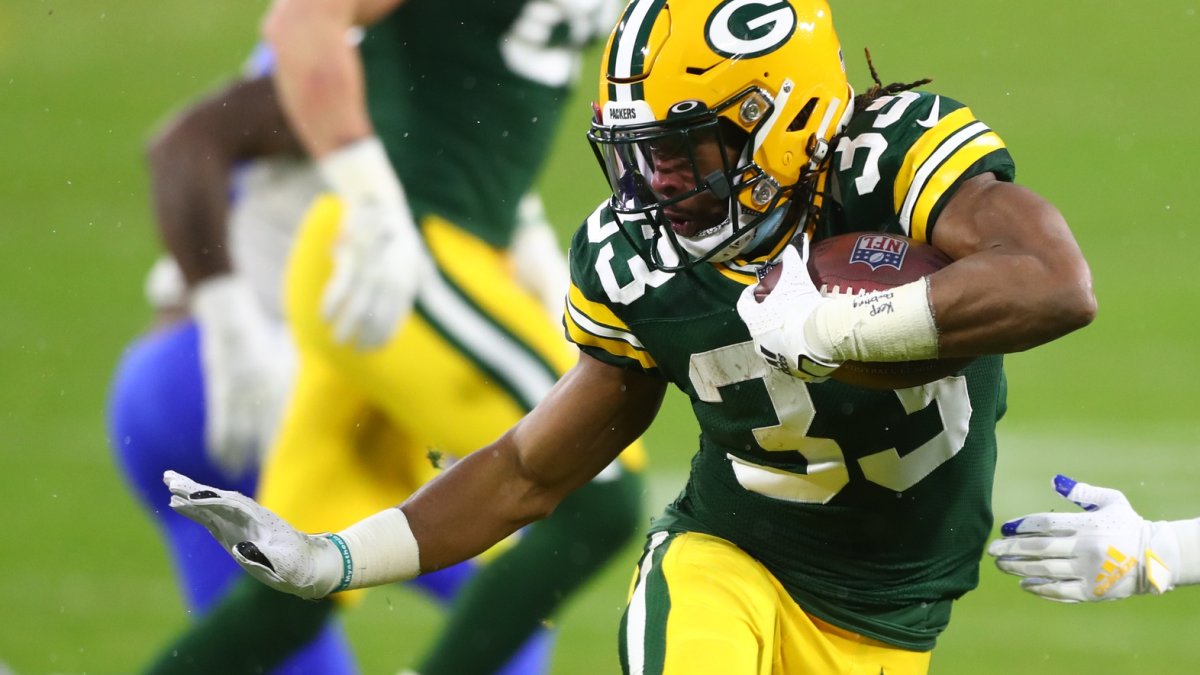Multiple roster construction strategies can lead to a successful fantasy football draft depending on your league size, rules and scoring format. I have placed highly in major season-long re-draft tournaments using them all: zero RB, anchor RB, hyper-fragile, taking an early quarterback, waiting on a quarterback, taking an early tight end, waiting on tight end… the list goes on and on.
The critical thing to remember is every season is different, and every draft is a dynamic and living organism. The sooner you trap yourself into one strategy, the quicker you expose yourself when other drafters all have the same idea and foil your plans. Of course, jamming those strategies in national tournaments to create different player mixes across multiple entries can bear fruit, but that isn't the focus of this article.
Click here for more PFF tools:
PFF Fantasy Draft Kit | PFF Betting Dashboard | PFF Fantasy Rankings
PFF Fantasy Projections | NFL Premium Stats | Win Totals Tracker
This article is about going back to the basics. It is about creating flexibility by maximizing market inefficiencies across all the positions and compiling that into a draft plan.
Think of it as solving a puzzle backward. First, we must determine the cornerstone players we have high confidence in at cheaper ADPs. Answering this question helps us consider how we approach earlier rounds. Then, once we have set these critical puzzle pieces in place, we can fit the rest of our draft strategy pieces into one picture.
Deploying this approach will keep you adaptable and always thinking multiple steps ahead. You will be playing chess, not checkers — knowing when to play it aggressively and when to hold back and allow your opponents to self-destruct while you patiently wait for value.
Note: Based on 12-team PPR using Fantasy Pros average ADP (ESPN, My Fantasy League and Fantrax). Adjust accordingly for eight and 10-team formats.
EARLY ROUNDS (1-2)

Running back depth is substantial in the first two rounds in 2021. The addition of Najee Harris and last year's rookie class of Jonathan Taylor, Antonio Gibson and Clyde Edwards-Helaire help beef up the second-round options.
First-round backs based on ADP: Christian McCaffrey, Dalvin Cook, Alvin Kamara, Derrick Henry, Ezekiel Elliott, Saquon Barkley, Jonathan Taylor, Nick Chubb
Turn-pick tweeners: Aaron Jones, Austin Ekeler
Second-round backs based on ADP: Najee Harris, Antonio Gibson, Joe Mixon, Clyde Edwards-Helaire
Optimal Strategy: Draft one anchor running back and pair him with an elite tight end or receiver depending on draft position.




 © 2024 PFF - all rights reserved.
© 2024 PFF - all rights reserved.